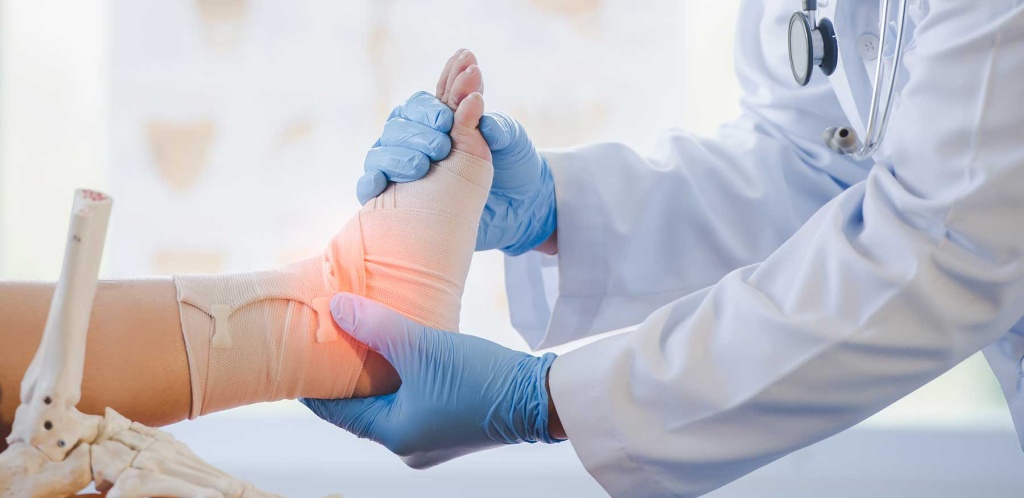Research
Bone Center
Several faculty members in the Department of Orthopaedic Surgery (DOS) moved their lab to the Vanderbilt Center for Bone Biology (VCBB) in early 2021 bringing the desire and know-how to translate basic science discoveries to improve outcomes of orthopaedic patients. Under the auspices of the Clinical Pharmacology Division in the Department of Medicine (DOM), this center was started in the summer of 2006 to develop new treatment strategies and diagnostic tools that can improve the quality of life of patients who have compromised musculoskeletal tissues due to aging, trauma, infection and disease. A founding member of VCBB, Dr. Jeff Nyman, Professor of Orthopaedic Surgery, became the center’s Director in February of 2022. Under his leadership, the faculty of the VCBB began working towards a training grant aimed at educating and mentoring biologists, engineers, and physician-scientists in the intradisciplinary field of musculoskeletal (MSK) research, with a focus on bone biology, biomechanics, and regeneration. They also embarked on a Department of Defense (DoD) grant proposal to tackle the unmet clinical problem of preventing fragility fractures and healing those fractures in a population that is susceptible to severe injury, cancer requiring immunotherapy, and diet-induced obesity.
Faculty members participating in the VCBB mission include 5 molecular biologists in DOM, 2 MSK translational scientists in DOS, 3 clinicians spanning multiple divisions and departments (rheumatology, endocrinology, and pediatrics), 4 engineers in the Departments of Biomedical Engineering and Chemical & Biomolecular Engineering, and 4 clinician scientists in Departments of Pediatrics (pediatric infectious diseases), Medicine (rheumatology & immunology as well as clin pharm), and Orthopaedic Surgery (pediatrics). Of the principal investigators with labs within the VCBB space, research is being done to achieve the goals of 12 NIH grants, 3 DoD grants, and 5 VA grants. All together, these investigators are mentoring 15 graduate students, 5 post-doctoral fellows, and 2 clinical fellows. Between July 1, 2021 and June 30, 2022, this activity resulted in 23 articles by trainees that were published in peer-reviewed journals.

With respect to orthopaedic research, several important findings from work done at VCBB now appear in the literature. Dr. Nyman and colleagues recently reported in J Bone Miner Res (IF: 6.390) that 2 clinically viable measurements of bone – bound water and tissue stiffness – can identify when the genetic disease known as neurofibromatosis type 1 (NF1) can lead to fracture and pseudoarthrosis and in Bone (IF: 4.626) that high resolution, peripheral quantitative computed tomography imaging parameters of the radial cortex and failure load estimates by finite element analysis of the images strongly correlate with bending strength of cortical bone, thereby supporting the use of this CT technique with a low radiation dose to screen patients for poor bone quality. Dr. Stephanie Moore-Lotridge and Dr. Jon Schoenecker, Professors of Orthopaedic Surgery, also report in Osteoporos Int (IF: 4.507) that a pharmacologic window exists following a fracture and muscle injury in which a bisphosphonate can prevent the consequences of dysregulated biomineralization, yet not impair musculoskeletal regeneration and in JCI Insight (IF: 9.484) that targeted inhibition of plasmin activation may be an effective strategy to limit tissue damaging-related inflammation following a severe injury.
To connect with Vanderbilt Bone Center, and our recent clinical research in the Center for Musculoskeletal Research, visit our Vanderbilt Bone Center for Biology.
